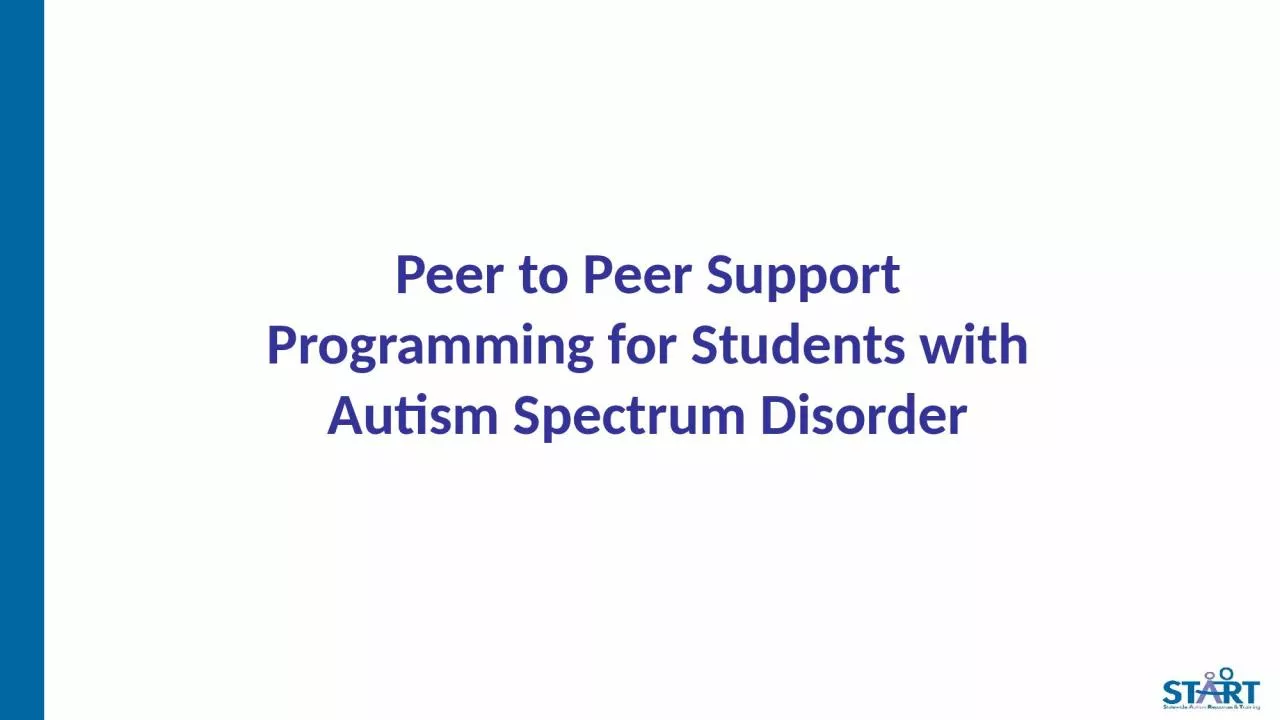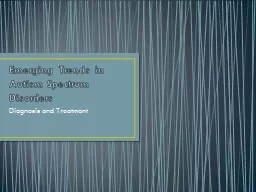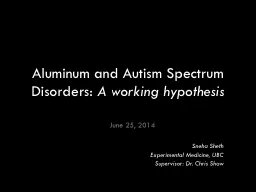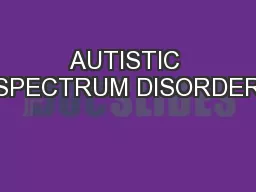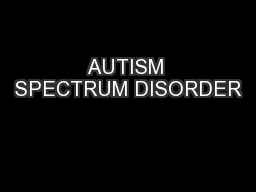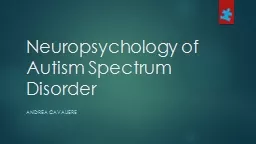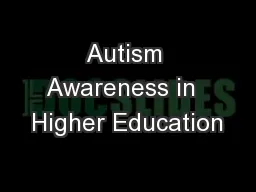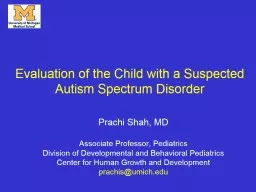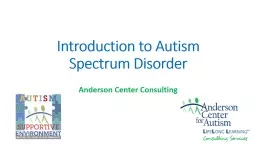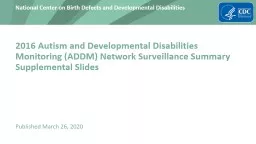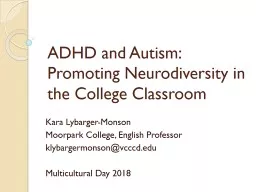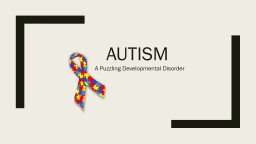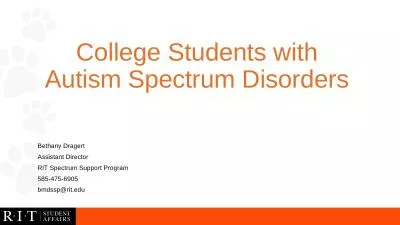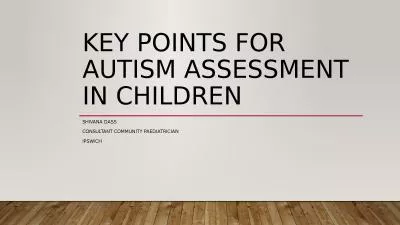PPT-Peer to Peer Support Programming for Students with Autism Spectrum Disorder
Author : ash | Published Date : 2024-01-03
What is Peer to Peer Stress Indicator Please study the following slide carefully You should see two identical dolphins diving simultaneously in the ocean If not
Presentation Embed Code
Download Presentation
Download Presentation The PPT/PDF document "Peer to Peer Support Programming for Stu..." is the property of its rightful owner. Permission is granted to download and print the materials on this website for personal, non-commercial use only, and to display it on your personal computer provided you do not modify the materials and that you retain all copyright notices contained in the materials. By downloading content from our website, you accept the terms of this agreement.
Peer to Peer Support Programming for Students with Autism Spectrum Disorder: Transcript
Download Rules Of Document
"Peer to Peer Support Programming for Students with Autism Spectrum Disorder"The content belongs to its owner. You may download and print it for personal use, without modification, and keep all copyright notices. By downloading, you agree to these terms.
Related Documents

